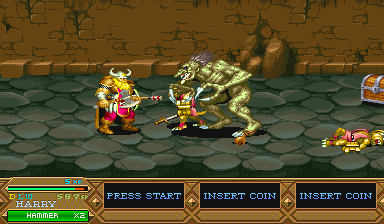In the third edition, every score is associated with a capacity modifier, with Modifier = (Score * 10)/2 resized down. It goes about as a little something extra or punishment, relying upon a person’s capacity scores. This modifier is added to the fitting dice rolls. For instance, the strength modifier would be added to the harm managed by a sword, the skill modifier to Armor Class as the person’s capacity to evade assaults, and the mystique modifier to an endeavour to cajole a vendor.
Deciding capacity scores
In AD&D, capacity, scores dnd tiefling names were dictated by moving three 6-sided kick the bucket and including their qualities. This essentially affected person manifestations as specific classes must be taken up by characters with the right blend of measurements. Therefore, players regularly re-moved characters until they wound up with the mix of capacity scores they wanted. The point purchase framework was initially added as a discretionary rule set in the subsequent version supplement Player’s Option: Skills and Powers (1995) and despite being inconsistent with the greater part of the AD&D second edition books, it actually turned out to be extremely well known. This direct framework would guarantee full player authority over the ascribes, but limit how incredible a role could become in the upcoming version.
There are presently a few techniques for deciding a person’s underlying capacity scores during character creation:
Moving dice (3d6): This is the standard technique for more seasoned versions. For every capacity score, the player rolls 3d6, and adds the qualities, bringing about scores going from three to eighteen, averaging somewhere in the range of 10 and 11.
Moving dice (4d6): This is the standard technique since the third release. For every capacity score, the player rolls 4d6, and adds the three most elevated qualities, bringing about scores going from three to eighteen, slanted towards bigger numbers, averaging 12.2446. However, the most plausible outcome is 13.

A foreordained exhibit of scores: Each player utilizes a similar arrangement of numbers, picking which capacity score to apply them to.
Point purchase: In the point purchase framework, a player has a specific number of focuses to spend on capacity scores, and each score has a specific point cost attached to it, where higher scores cost a larger number of focuses than lower ones.
Discretionary capacity scores
Attractiveness (COM): In the primary version of AD&D, attractiveness was presented as a seventh capacity score in the supplemental rule book, Unearthed Arcana and Oriental Adventures to separate between actual appeal and magnetism. Attractiveness has not shown up as a formally upheld capacity score since, albeit the subsequent release supplement Player’s Option: Skills and Powers (1995) included discretionary guidelines for parting every capacity score into two sub-scores, with “appearance” as a “sub ability” score of Charisma.
Mental stability (SAN): A discretionary score proposed in the Fifth Edition Dungeon Master’s Guide (DMG) for crusades moulded by the steady danger of madness. It is checked for activities “around substances of a total outsider and unspeakable nature” and utilized with the Madness rule set. The fifth edition crusade guide, Van Richten’s Guide to Raven loft (2021) added new “Dread and Stress” rules as a substitution for the “Frenzy and Sanity” rules proposed in the DMG. Christian Hoffer, for ComicBook.com, called the past Madness rule set “dated” and featured that “the ‘Stress’ specialist is a more direct option in contrast to the ‘Franticness” repairman’.

